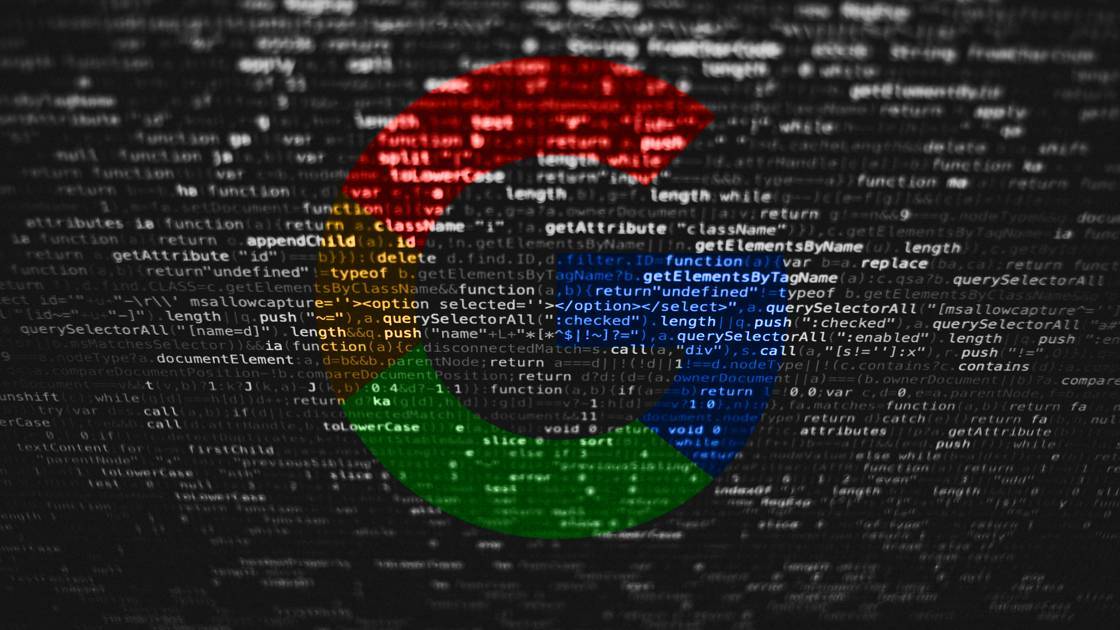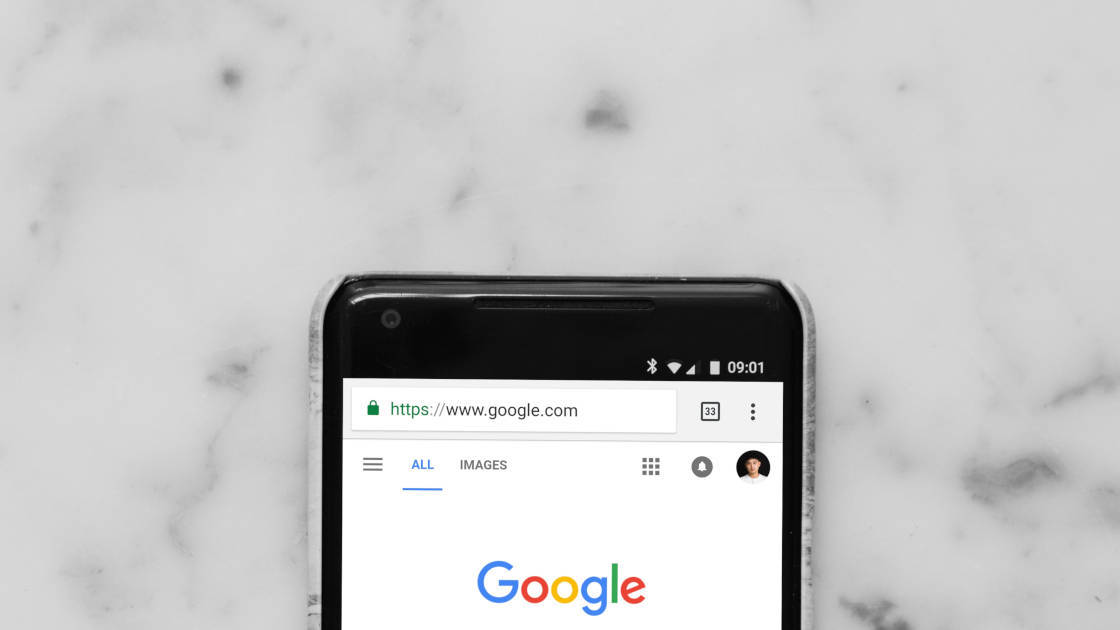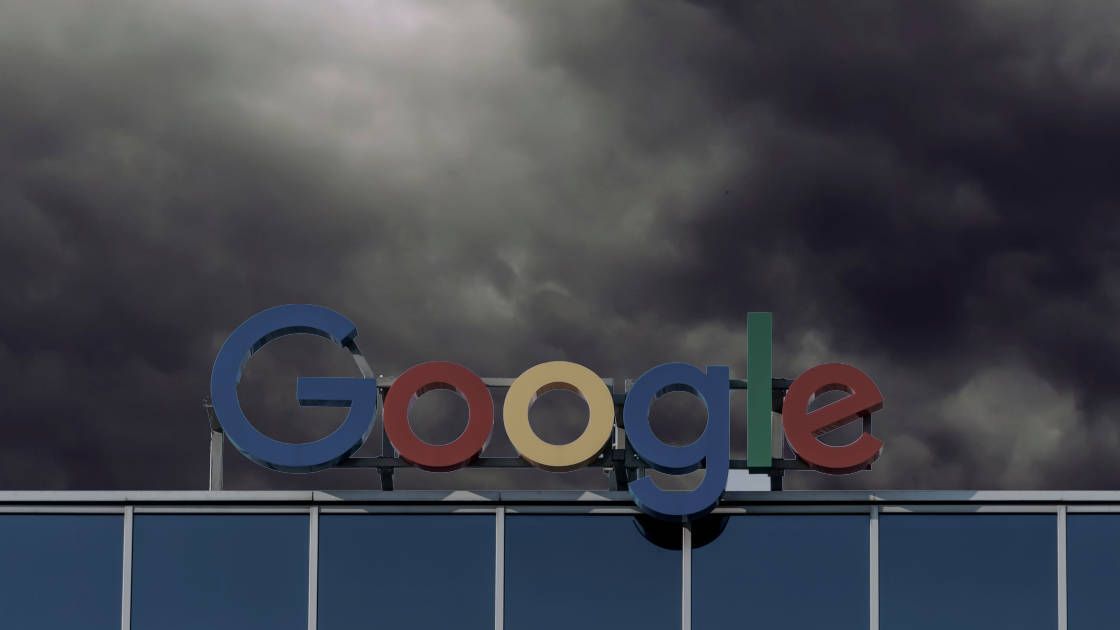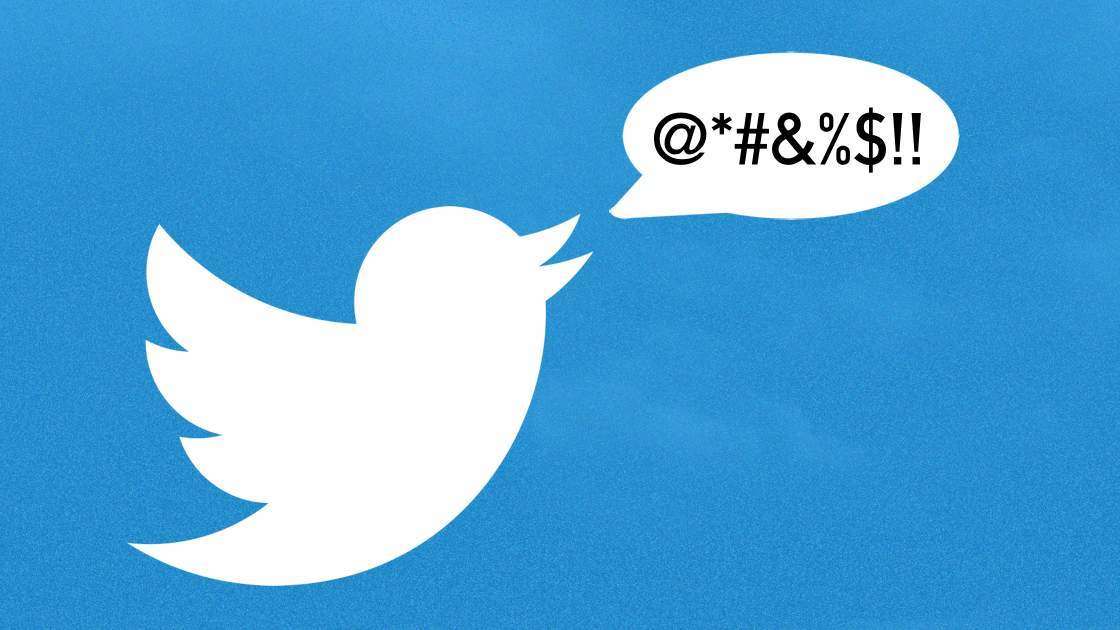

Android updates are getting slower and slower, despite Google's best efforts
The latest version of Android was released in August 2018. By late October 2018, the date Google published their most recently available statistics, it wasn’t even on 0.1% of devices, 81 days after release.
The preceding version, 8.0 Oreo released in August 2017, was running on 21.5% of devices 431 days after release. A shocking 795 days after 7.0 Nougat was released, 50.3% of Android users were still on an even older version. That is, half of Android devices were on an OS that hadn’t seen an update in at least 2 years.
Android devices aren’t kept up to date, leaving their users unable to benefit from advancements in the platform. And despite multiple attempts by Google to rectify the situation, it’s been getting worse for years.
The adoption rate is getting worse each year
Android is peculiar in that devices receive updates so slowly that when an update is released, it doesn’t manage to reach half of devices before it’s supplanted by a new version, and adoption drops away.
So to determine if Google’s managing to improve Android update adoption rates, we can look at what percent of devices are running each version a year after release, before the new version comes along to steal its thunder. The numbers show a clear trend: Google’s efforts haven’t been working. Updates are taking longer and longer to reach Android users.
Here’s what percent of devices were running each version of Android 12 months after release, according to Google’s own statistics.
| Version | Adoption after 12 months | Release date |
|---|---|---|
| 4.1 - 4.3 Jelly Bean | 37.9% | July 2012 |
| 4.4 Kit Kat | 30.2% | October 2013 |
| 5.0 - 5.1 Lollipop | 25.6% | November 2014 |
| 6.0 Marshmallow | 24.0% | October 2015 |
| 7.0 - 7.1 Nougat | 15.8% | August 2016 |
| 8.0 - 8.1 Oreo | 14.6% | August 2017 |
Here’s a chart:

(Lollipop and Oreo made a heroic effort to beat their preceding updates in the adoption race, but 12 months after release, they still fell behind.)
It’s a little complicated to fully understand what these numbers mean. Not only do they reflect how quickly manufacturers send out updates to their released devices, but also how long it takes them to release new devices with the update pre-installed. On top of that, it reflects how long users take to buy a new device.
By allowing a full year before measuring adoption rate, we’re allowing as much time as possible for new devices to come out and be purchased by users ready to begin the cycle anew.
[ Learn more about the implications of emerging technology. Follow @unlikekinds on Twitter and Facebook ]
TVs and cars
To add to the complexity, Android devices include phones and tablets, but also TVs and in-car systems with Android Auto, which users don’t replace so often. That said, if TVs continued to receive updates after a couple of years (hint: they don’t), they wouldn’t drag down the update adoption rates.
So why is each version adopted more slowly than the last? Your guess is as good as ours, but a likely cause is the fact that the complexity of the Android platform itself has been growing drastically, as well as the complexity of the layers built on top of it by individual manufacturers.
The evolution of the Android manufacturer ecosystem
We also suspect the fast-evolving landscape of Android manufacturers has an effect. For example when Android Jelly Bean was all the rage, HTC, Sony, and Motorola were notable players in the space. They’ve all since been supplanted by the likes of Chinese companies Huawei, Xiaomi, and OPPO.
Additionally, Samsung has swallowed the market share of many of the smaller players, who may have had less customizations to make to the base OS, and therefore may have been able to get their simpler updates out the door more quickly.
Google’s (failed) efforts to fix update adoption
This fragmentation of the Android platform has been a problem for essentially it’s entire life, and people have been complaining about the slow updates for nearly as long as Android has existed.
Remember the Android Update Alliance? (We didn’t)
In 2011, with wide-eyed optimism, Google launched the Android Update Alliance. It was an agreement between Google and top phone makers and carriers to release updates to Android in a timely manner. Users and the Android media were excited about this announcement, but the initiative disappeared without so much as a peep from the G.
The Nexus and Pixel programs
2011 also saw Google begin to sell phones designed in-house, the Nexus series. Meant to showcase the platform, the Nexus phones also served to demonstrate to manufacturers the benefits of using pristine, unmodified, fast-to-update Android. The Nexus phones never really took off, and Samsung demolished Google in sales.
The spirit of the program lives on today in Pixel phones, but as with Nexus, only a tiny minority of Android users opt for Pixel phones. Very few manufacturers have ever opted to use pure Android, and those that did, such as the ill-fated Essential, didn’t fare well in the market.
Google gets passive aggressive
In 2016, Google tried a new tack, threatening to publicly release a list that named and 🔔 shamed slow-to-update manufacturers. Although apparently a list was circulated amongst Android partners, Google didn’t make good on their threat to name and shame them publicly.
Project Treble
2017 rolled around and Google, again, had a new approach. This wasn’t an alliance or a list, but a project with a codename: Project Treble. A highly technical and onerous project, Treble aimed to separate the core of Android into modules that could be updated independently, allowing device makers to customize Android updates without also requiring changes from silicon manufacturers, dramatically simplifying the overall update process.
Treble came with any device that launched with Oreo or later, so that would include the Samsung Galaxy S9. The good news: the S9 received it’s first major update faster than it’s predecessor. The bad news? It still took 178 days after the release of the update. (The S8 took an absurd 210 days.)
If it’s broke, fix it
A modest improvement to update timeliness might be on the horizon due to Project Treble, but excluding that once-off effect in the trend-line, each update has been sent out slower than the last, and there’s little reason to believe the situation will improve.
The reasons for the slowing updates aren’t clear, beyond perhaps the increasing complexity of the platform. But one thing seems certain: Android’s slow update days are far from over.








](https://static.unlikekinds.com/l-2356db91-9818-4edf-98ff-923fb8bc0648-cWsHacT.jpg)

.](https://static.unlikekinds.com/l-08ab3f39-ec22-4323-acb6-e30f4e8dfe80-xmvY708.jpg)

Comments
Share your thoughts, post a comment